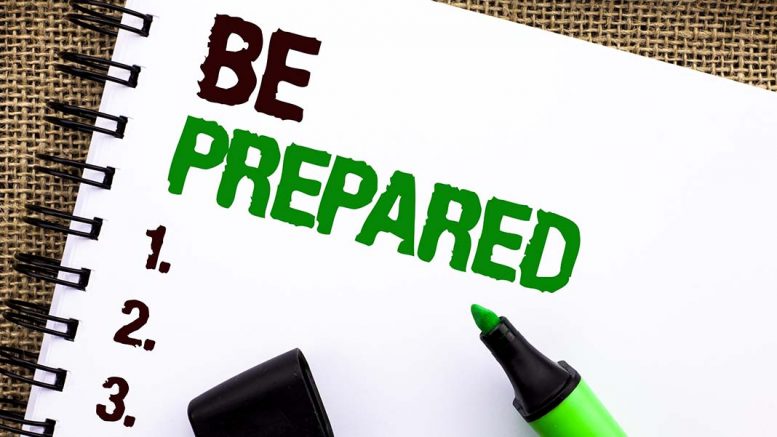In RiskMap 2019, Control Risks defined “extreme weather disruption and natural disasters” as one of the top five risks to global business. In the 18 months since then, the number of weather-related insurance policies sold – and claims made – have only grown globally. Recent natural disasters – ranging from the Australian bushfires to Amphan & Nisarga cyclonic storms and flash floods – have brought this threat back into our Covid-19 addled conscience, highlighting the need for corporate resiliency planners to stay woke to this existential risk as well.
Ten low to moderate intensity tremors have shaken Delhi-NCR in the span of the last two months. Prominent geologists from institutes supported by the Union Ministry of Science and Technology have indicated that a powerful earthquake could strike India’s National Capital Region in near future.
As the nation fights an invisible virus which has slowly but steadily taken up all our seeming capacity for business continuity planning… these light tremors are not-so-subtle reminders that there are larger risks that remain unaddressed.
As vigilant, responsible companies, here are a few things we should be looking to do to stay prepared
- Ask the questions: We all know that Delhi falls in seismic zone 4 – and yet, there is broad consensus that most high-rise buildings, including commercial real-estate, do not confirm to established Bureau of Indian Standards (BIS) norms. Speak to your facilities manager and real-estate firm and ask them whether the building you live / work in adheres to BIS codes. There is strong legislation that allows you access and recourse on this matter. Additionally, the Delhi High Court has been enforcing laws and directives that call for strengthening existing buildings. Limits have been set based on the age of the building, and it is incumbent on the building management to set appropriate time limits for execution of the strengthening (ideally, not more than a year).
- Press for strict adherence to codes for all new & on-going construction: All maps and designs for new constructions should strictly follow BIS norms. Completion certificates for high-rise buildings should be staggered. Part completion certificates, issued every two or three floors, could regulate construction through the whole process. You have the right to ask for these documents – and you should.
- Create awareness about earthquakes among your employees: This is a critical step and could help reduce loss of human lives, if not property. Every company in the NCR region should be conducting earthquake-response training at various levels… with additional rescue, relief and recovery training for safety & security leaders, decision-making administrators, the entire administrative / team-management cadre of managers as well as crisis & incidence response teams. The importance of communication is paramount here – to make sure that everyone knows what to do when it happens
- Train, train, train: If Covid-19 has taught corporates one thing, it is the value and virtue of business continuity planning. Ensure that your BCP embraces a true life-cycle approach to earthquake response and management, including regular risk, impact and dependency assessments. Conduct realistic exercises with your teams to determine whether critical staff have the resources to work effectively from alternate locations, including their homes. Designate business-critical personnel and spend additional time and resources to provide contingency planning for key business stakeholders. Create an adequate succession plan for business continuity and crisis managers.
- Engage with your corporate ecosystem + the government & media: Again, as Covid-19 showed us, being able to step through this together ensures that broader groups of us can collectively ensure safety across the community. Groups of companies – say in one building in Cybercity in Gurgaon could come together – the local district authorities could join in and a public / private partnership approach would yield trainings and response plans that are better co-ordinated. Facilities & real estate management companies should initiate a broader dialogue and action plan so everyone know what to do when it happens. The media too must play a role in disaster mitigation. Information-based articles and programmes could be far more constructive than covering post-quake carnage.
Much like Covid-19, a 6.0 or more Richter Scale quake hitting Delhi will be seen as a “Grey Rhino” (rather than a Black Swan) in hindsight. Everyone knows about. Planning for it, getting ready to respond to it and ensuring that your teams as well as the broader community of your stakeholders know what to do when it happens – is smart business.
The views and opinions published here belong to the author and do not necessarily reflect the views and opinions of the publisher.



Be the first to comment on "That earthquake is coming: how do you get ready for the next big crisis that is poised to hit India"